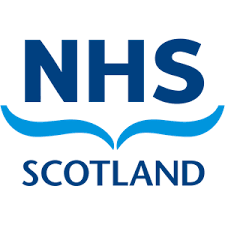Situation and Background
The pandemic had a significant and long-lasting effect on the delivery of planned care across Hywel Dda University Health Board. More than 4,000 orthopaedic patients had their treatment delayed and this had a significant impact both on their physical and psychological wellbeing. There was no prehabilitation service available to support optimisation for patients across a large geographical rural area.
Aspiration
To offer a tiered virtual prehabilitation service to all patients awaiting elective hip and knee arthroplasties across Hywel Dda University Health Board, providing advice on the:
- self-management of symptoms
- physical exercise sessions
- healthy lifestyle
- nutrition
- home safety
- psychological wellbeing.
Solution
Hywel Dda University Health Board developed and implemented a virtual, tiered, multi-disciplinary orthopaedic prehabilitation service with partners in industry.
Patients are assessed and stratified onto one of three different virtual patient centred tiers of prehabilitation based on their clinical, physical and psychological needs utilising digital platforms.
- Tier 1: 8-week online prehabilitation programme using a digital personal held health record (Patients Know Best).
- Tier 2: Tier 1 plus “live” virtual group home based prehabilitation (12 sessions over 12 weeks) utilising Attend Anywhere group functionality using a virtual group consultation concept and remote monitoring through technology enabled care (blood pressure/ weight/ heart rate/ oxygen saturation) supported by Delta Wellbeing and Tunstall’s “MyMobile” app.
- Tier 3: Tier 1 plus supported one to one virtual prehabilitation sessions for patients with more complex needs or digital accessibility challenges (hearing, eyesight etc) utilising Attend Anywhere video consultations and remote monitoring (default virtual, flexibility for face-to-face if required).
Patient Reported Outcome Measures (PROMs) and Patient Reported Experience Measures (PREMs) data capture through the DrDoctor platform.
Impact
- Improved patient clinical outcomes (weight management, improved mood and wellbeing).
- 60% of patients reporting PROM via DrDoctor.
- 100% of consultations have been virtual.
- Improved patient experience.
- Increased uptake of virtual group consultations (100% of tier 2 consultations are delivered through virtual group consultations).
- Increased virtual appointments (100% of tier 2 and 3 consultations virtual, over 600 consultations).
- Increased digital inclusion and access.
- 100% of patients have been offered prehabilitation as part of their pathway using a tiered approach.
- Increased use of personal held health records – over 400 patients signed up to the online 8-week programme.
